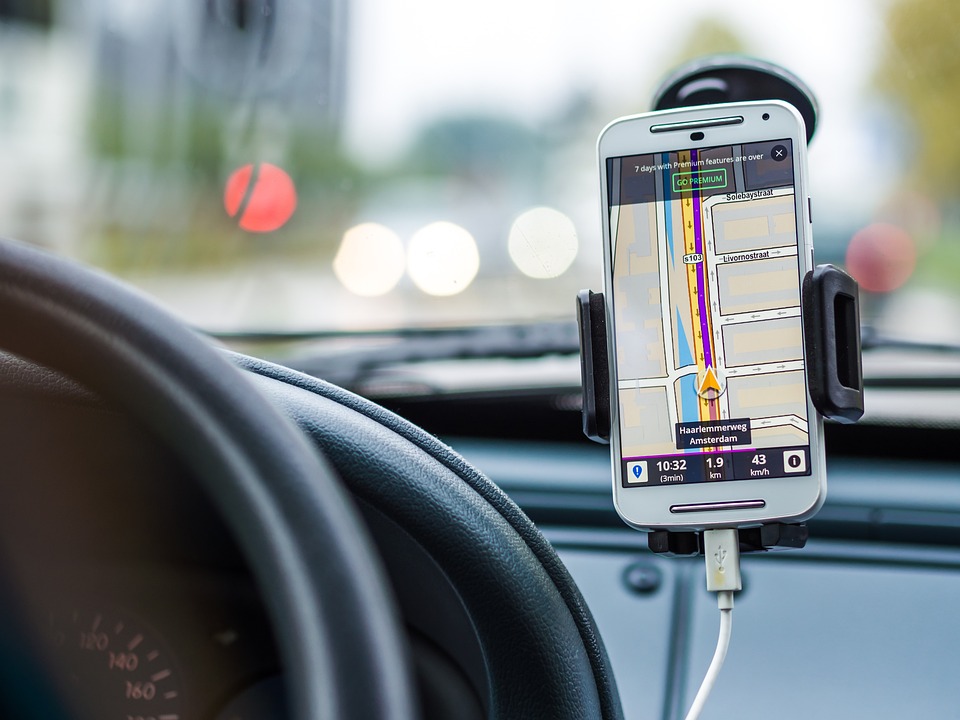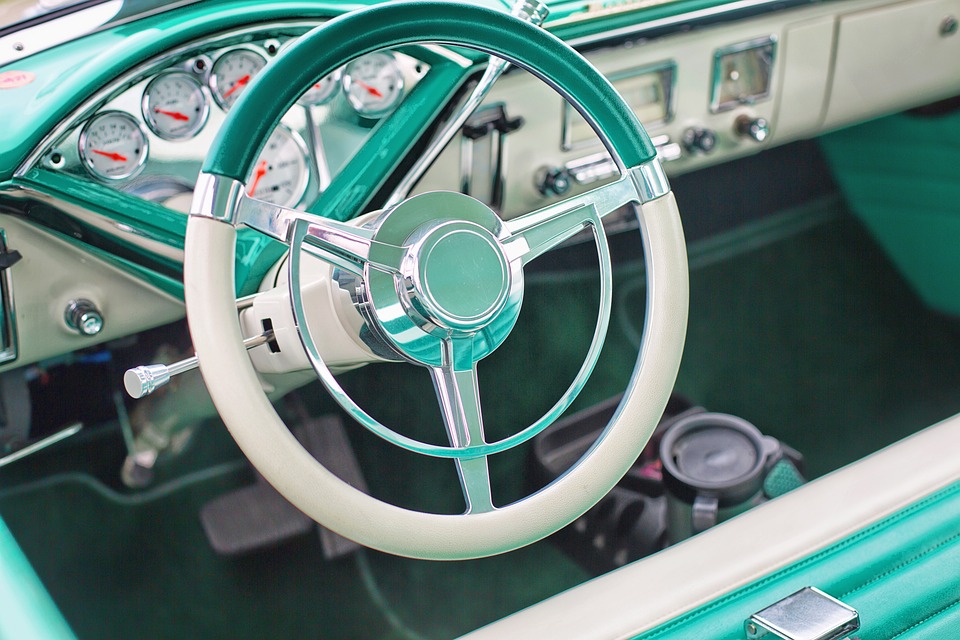Are you facing issues with your Honda Pilot’s Psi levels and looking for a comprehensive guide to resolve them? Look no further, as in this article I will provide you with all the information you need to understand and address any Psi-related concerns in your Honda Pilot. Whether you are a new Honda Pilot owner or have been driving one for years, this article will serve as a valuable resource to help you navigate through common Psi problems and find effective solutions.
With over 10 years of experience in the car industry, specifically focusing on Honda vehicles since 2013, I feel confident in my ability to provide you with expert advice on maintaining your Honda Pilot’s Psi levels. Throughout my years of working with Honda vehicles, I have encountered various Psi-related issues and have developed a deep understanding of how to effectively troubleshoot and resolve them. By sharing my knowledge and expertise in this article, I aim to help Honda Pilot owners like you tackle any Psi problems with confidence and ease.
Honda Pilot Psi: Get the Best Performance with Proper Tire Pressure
The Importance of Proper Tire Pressure
Maintaining the correct tire pressure in your Honda Pilot is crucial to ensuring optimal performance and safety on the road. Proper tire pressure affects everything from handling and braking to fuel efficiency and tire longevity. With the right psi, you can enjoy a smooth and comfortable ride while also reducing the risk of accidents or blowouts.
How to Determine the Correct Psi
To find the recommended tire pressure for your Honda Pilot, you can refer to the owner’s manual or the sticker located on the driver’s side door jamb. It’s important to check the psi regularly, especially before long trips or when carrying heavy loads. Underinflated tires can lead to poor fuel economy and increased wear and tear, while overinflated tires can result in reduced traction and a bumpy ride.
The Benefits of Maintaining Proper Tire Pressure
By keeping your Honda Pilot’s tires properly inflated, you can experience improved fuel efficiency, better handling, and increased safety on the road. Proper tire pressure also helps to extend the life of your tires, saving you money in the long run. With the right psi, you can enjoy a smoother and more comfortable driving experience, whether you’re commuting to work or embarking on a cross-country road trip.
The Risks of Incorrect Tire Pressure
Driving with incorrect tire pressure can have serious consequences, including reduced traction, poor braking performance, and increased risk of accidents. Underinflated tires are more prone to blowouts, while overinflated tires can cause uneven tread wear and decrease overall stability. To avoid these risks, it’s essential to check and adjust your Honda Pilot’s tire pressure regularly.
How to Maintain Proper Tire Pressure
To ensure your Honda Pilot’s tires are always at the correct psi, it’s important to invest in a quality tire pressure gauge and check the pressure at least once a month. You can also visit a professional mechanic or tire shop to have your tires inspected and inflated to the proper level. By taking proactive steps to maintain proper tire pressure, you can enjoy a safer and more efficient driving experience.
The Role of TruckingCareers.org in Promoting Tire Safety
With over 10 years of experience in the field of trucking and automotive safety, TruckingCareers.org has been a trusted resource for professionals and enthusiasts alike. Since 2013, our site has provided valuable information and tips on maintaining proper tire pressure, including articles on the importance of psi and how to check and adjust tire pressure for optimal performance. Visit our site today to learn more about how to keep your Honda Pilot in top shape and maximize its performance on the road.
FAQs on Honda Pilot Psi
Q: What is the recommended tire pressure for Honda Pilot?
A: The recommended tire pressure for Honda Pilot is typically around 32-35 psi.
Q: How often should I check the tire pressure on my Honda Pilot?
A: It is recommended to check the tire pressure on your Honda Pilot at least once a month.
Q: Can I use a different tire pressure than what is recommended for Honda Pilot?
A: It is best to stick to the recommended tire pressure for optimal performance and safety.
Q: How do I inflate the tires on my Honda Pilot to the correct psi?
A: Use a tire pressure gauge to measure the current psi and an air compressor or tire inflator to add or release air as needed to reach the recommended psi.
Q: What are the consequences of driving with underinflated tires on my Honda Pilot?
A: Driving with underinflated tires can lead to poor fuel efficiency, uneven tire wear, and increased risk of a blowout.




